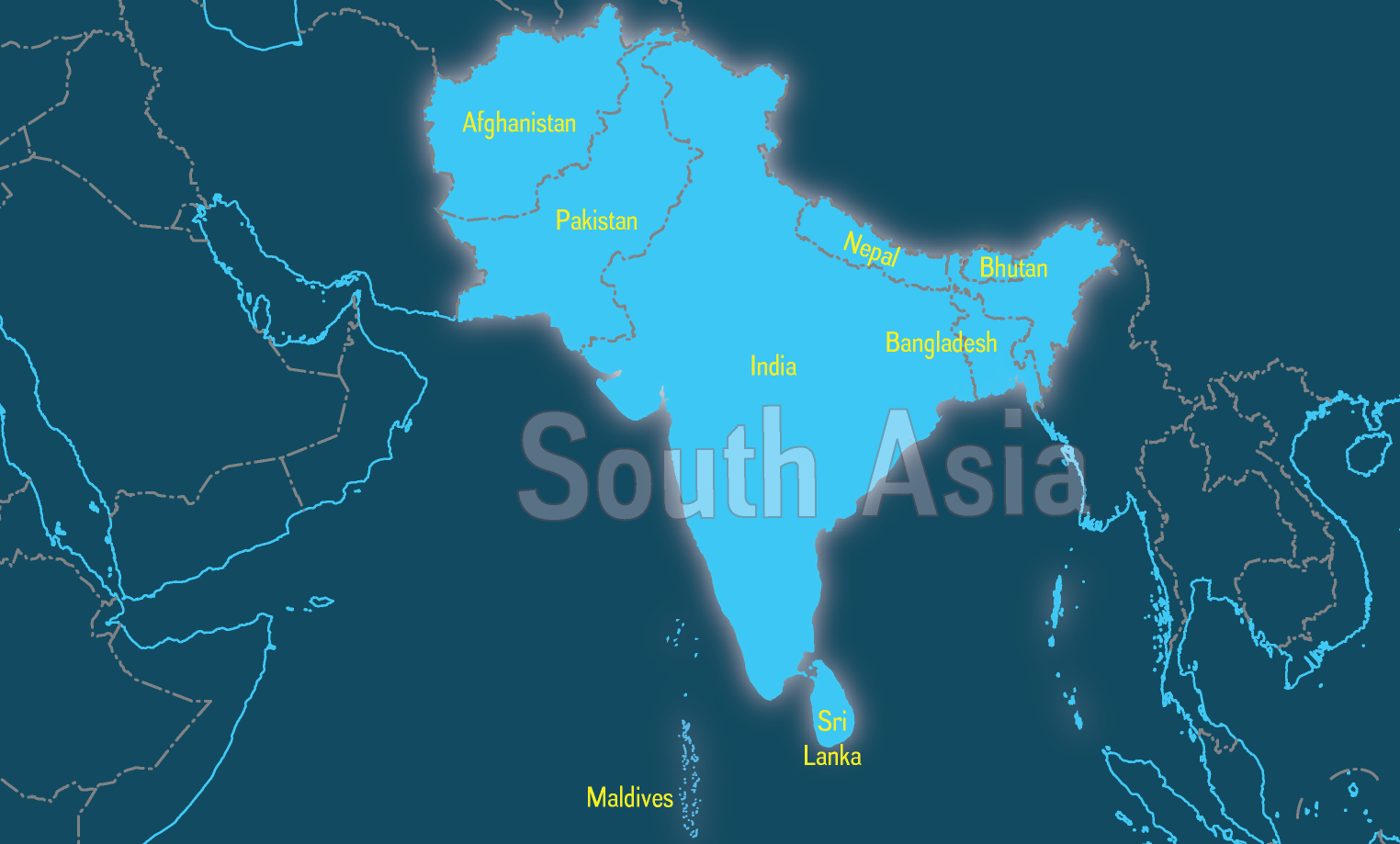International Relations
China’s Rising Influence in South Asia
- 11 Jan 2021
- 5 min read
Why in News
China has held its third multilateral dialogue virtually with countries from South Asia to take forward closer cooperation on fighting Covid-19 and coordinating their economic agendas, reflecting a new approach in Beijing’s outreach to the region.
Key Points
- Participating countries:
- It brought together every country in the region barring India, Bhutan and the Maldives, and was aimed at “anti-epidemic cooperation and poverty reduction cooperation”.
- The recent meeting was attended by all five countries that have taken part in these dialogues: Pakistan, Nepal, Afghanistan, Sri Lanka and Bangladesh.
- All three dialogues have been attended by Pakistan and Nepal.
- Engagements through other Platforms:
- Previously at the July quadrilateral dialogue with Afghanistan, Nepal and Pakistan, China’s proposed extending the China-Pakistan Economic Corridor (CPEC) to Afghanistan, as well as taking forward an economic corridor plan with Nepal, called the Trans-Himalayan Multi-dimensional Connectivity Network.
- Other Initiatives by China to Enhance Engagement in South Asia:
- According to the American Enterprise Institute’s China Global Investment Tracker, China has committed around 100 billion USD in the economies of Afghanistan, Bangladesh, the Maldives, Pakistan, Nepal and Sri Lanka.
- China is now the largest overseas investor in the Maldives, Pakistan, and Sri Lanka.
- Afghanistan:
- Beijing was a part of the trilateral China-Pakistan-Afghanistan foreign ministers dialogue which focuses on facilitating Afghan domestic political reconciliation, enhancing regional connectivity, and improving regional common development.
- The trilateral discussions also agreed to push “forward under the Belt and Road Initiative (BRI)” and “to enhance connectivity by extending the CPEC to Afghanistan”.
- Bangladesh:
- China and Bangladesh pledged to deepen defense cooperation, especially in the areas of “defense industry and trade, training, equipment and technology.
- China is also the largest arms supplier of the Bangladeshi military, providing 71.8% of weapons from 2008 to 2018.
- Bhutan
- It does not have diplomatic relations with China.
- Maldives:
- China’s relationship with the Maldives is near-exclusively focused on leveraging BRI to develop Maldives as well as to raise Chinese influence there to counter India.
- Nepal:
- Chinese President went to Nepal in 2019.
- This was the first visit by a Chinese head of state in 23 years.
- The countries have signed agreements to accelerate Infrastructure building in Nepal and improve connectivity between them.
- Both the countries have also announced the launch of a feasibility study of the China-Nepal cross-border railway.
- Chinese President went to Nepal in 2019.
- Sri Lanka:
- Sri Lanka handed over Hambantota port on a 99-year lease to China to repay its loan back to china. Hambantota is geostrategically located on the Indian Ocean, potentially bolstering Beijing’s String of Pearls.
- According to the American Enterprise Institute’s China Global Investment Tracker, China has committed around 100 billion USD in the economies of Afghanistan, Bangladesh, the Maldives, Pakistan, Nepal and Sri Lanka.
- Concerns for India:
- Security Concerns:
- Growing cooperation between Pakistan and China.
- Increasing nexus between Nepal and China.
- Acceptance to China-Pakistan Economic Corridor by south asian countries.
- Leadership Roles in South Asia:
- It shows increasing chinese presence in south asia and its acceptance by the countries as a torch bearer for the region which India wants for itself.
- Economic Concerns:
- Over the past decade, China has replaced India as the major trading partner of several South Asian countries. For instance, the share of India’s trade with Maldives was 3.4 times that of China’s in 2008. But by 2018, China’s total trade with Maldives slightly exceeded that of India.
- China’s trade with Bangladesh is now about twice that of India. China’s trade with Nepal and Sri Lanka still lags India’s trade with those countries but the gap has shrunk.
- Security Concerns:
Way forward
- India does not have the economic capacity as China. Thus it should cooperate with China for the development of these countries such that fruits of development collectively reach South Asia.
- It should also strongly condemn the plans for extension of the China-Pakistan Economic Corridor.
- Further India should invest in these countries where China falls short and maintain its good will in South Asia and prevent these nations from slipping off from India’s Influence.







